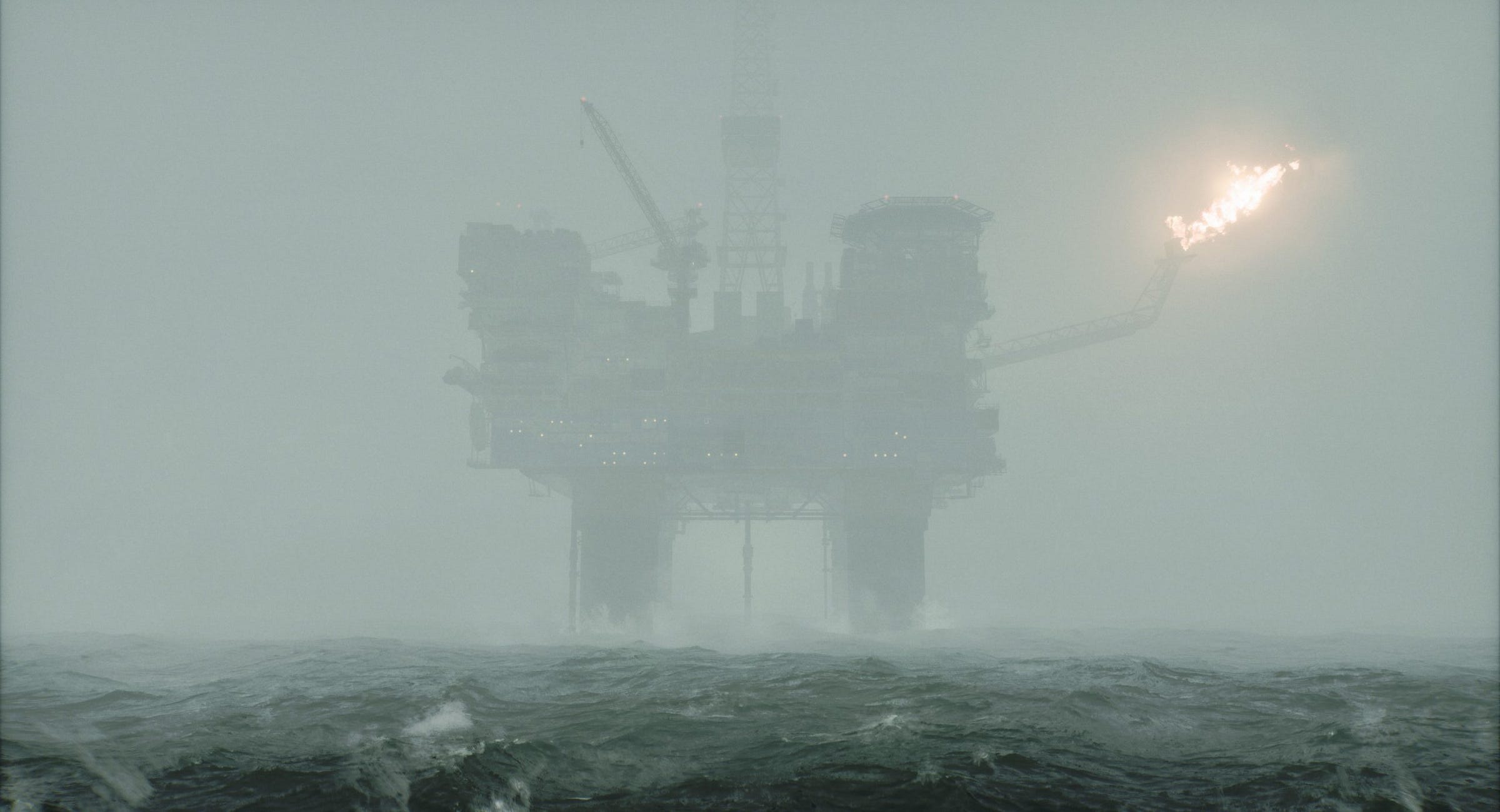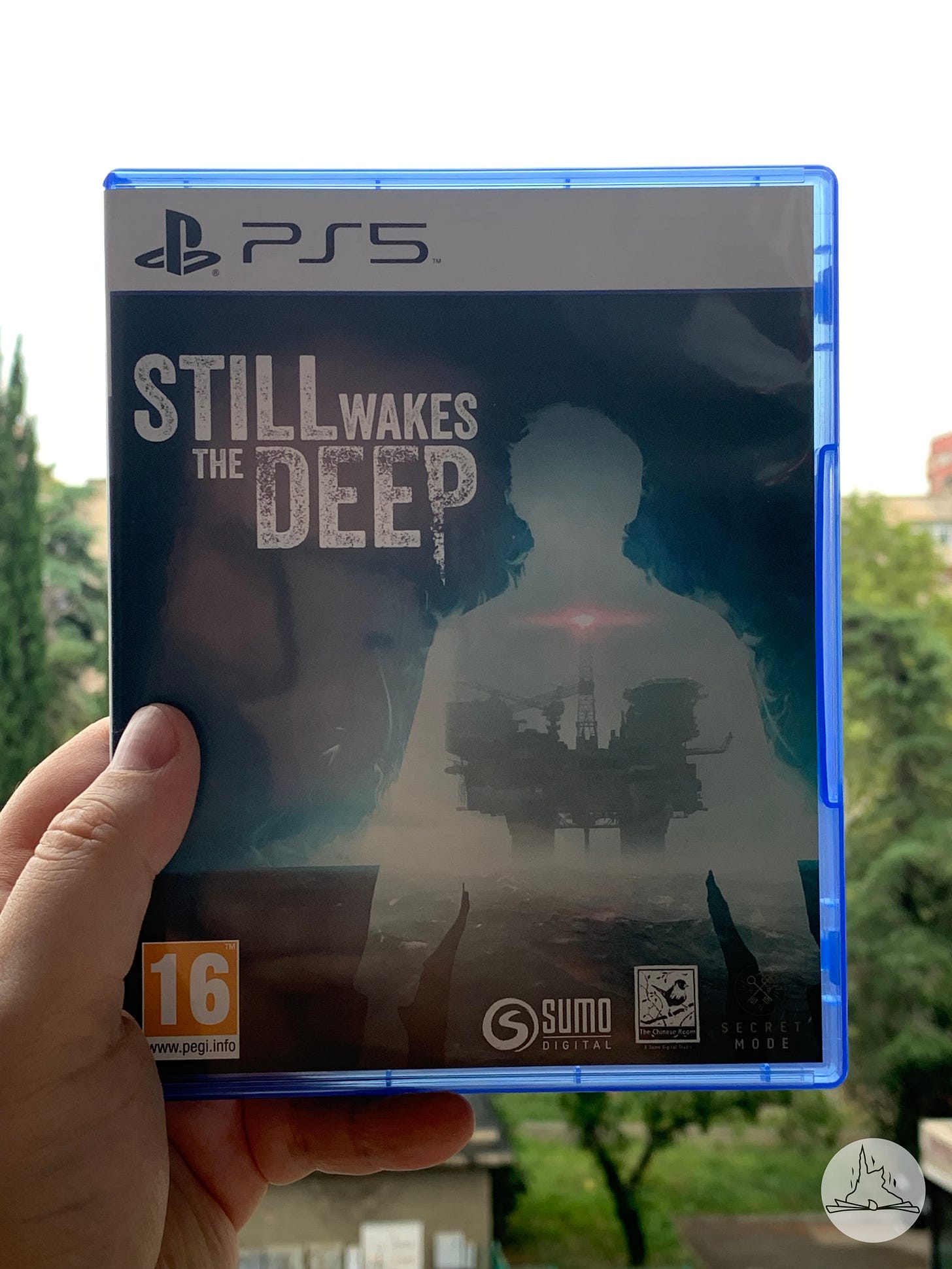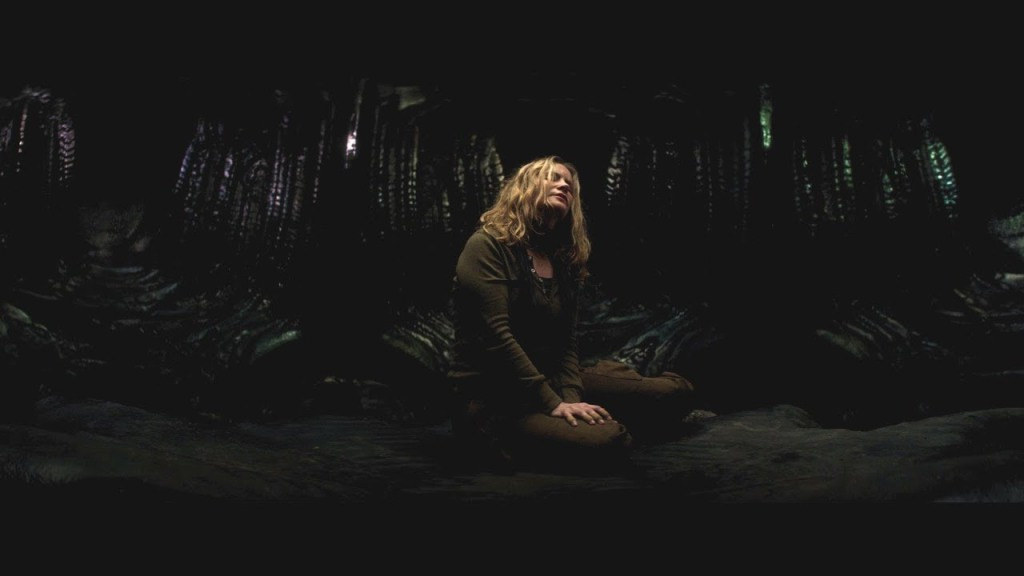Still Wakes the Deep - Review (?!)
Spoiler warning: This review/essay contains spoilers for the film Annihilation (2018) and discusses key horror elements of the game.
I've always been fascinated by the so-called "walking simulator" genre of video games. They are often denied the label of a video game and instead referred to as "interactive experiences." Personally, I have no issue with either designation. The term "video game" first appeared in publications around 1973, though it was likely used verbally a few years prior. At that time, video games were still a new medium, limited in variety, so the term accurately captured the essence of the subject—a game delivered through a video signal. Since then, the medium has evolved and diversified significantly, yet due to historical context and the limitations of human language, we continue to refer to these works as "video games." I believe it's too late and largely unnecessary to rename the medium to something like "interactive video experiences," so it rarely bothers me when someone strictly gatekeeps the video game label based on the absence of broad player agency or win/lose conditions in a particular title.
It's fine...
Still Wakes the Deep comes from The Chinese Room, the studio behind Dear Esther, the first widely acclaimed "walking simulator." I hold Dear Esther very close to my heart. It’s a brief experience that always manages to transport me back to certain childhood memories, despite its overly poetic and rather dramatic adult setting. I recall listening to the developer’s commentary on Dear Esther, where they discussed the term "walking simulator." They weren’t particularly fond of the label, but they didn’t seem bitter about it either. Perhaps they’ve embraced it, considering that "Walking Simulator" is now an achievable trophy in Still Wakes the Deep. Seeing that trophy pop-up brought a slight smirk to my face.
Going into this game, I wasn’t sure what to expect in terms of player agency, especially given that the studio has recently been involved in developing the more traditional, dopamine-driven video game Vampire: The Masquerade – Bloodlines 2. Ultimately, what I encountered was a more guided, linear experience that combines stealth elements with extremely simple puzzle-solving.
So, what is the game about? To describe it lazily using familiar comparisons, Still Wakes the Deep is essentially The Thing but set on an oil rig—a description that aligns with how the game director and studio co-founder Dan Pinchbeck initially pitched it. In more precise terms, Still Wakes the Deep is a strictly linear first-person game set in 1975 during a disaster of supernatural origin on the Beira D oil rig. The main gameplay revolves around stealthily avoiding enemies and following a predefined navigation path—literally marked in yellow, making it almost impossible to miss and I've found it to be slightly obnoxious.
In some respects, the game leans more into traditional video game mechanics by including a fail state, but it’s clear that its rigidly linear design and narrow path could be off-putting for players who thirst for more agency. There’s no deviation from the main route, no choices to be made, no illusion of choice, and no multiplicity of endings.
The game begins with the player controlling Cameron "Caz" McLeary, a Glaswegian electrician whose wife is urging him to return home. The character writing is exceptional; Caz is not a mere stand-in for the player but a fully realized character with his own desires and backstory. The characters surrounding Caz also have distinct, memorable personalities. I highly recommend that players take the time to visit the characters’ quarters to explore these lived-in spaces that perfectly complement their personalities.
The story kicks off when the drill hits something that destabilizes the entire platform, leading to chaos. This is when the game truly begins. As we start uncovering the source of the problem, Caz is focused on evacuating the rig with his colleagues. The navigation through the oil rig feels cohesive and interconnected, giving the sense of a real, unified structure. Along the way, we encounter fellow survivors, repair failing subsystems of the rig, and come face-to-face with some truly bizarre creatures.
All of this takes place amidst a relentless storm, perfectly capturing the sense of "dreich," a Scottish word describing grey, gloomy weather. Even when indoors, the harsh weather seeps into every aspect of the game’s atmosphere, making the rig feel perpetually exposed to the elements. You feel it everywhere.
Some horror games are keen on fully dissecting the nature of their sci-fi or supernatural elements. For example, Dead Space eagerly delves into the origins of the Marker and EarthGov conspiracies, while Amnesia: Rebirth provides extensive lore about Vitae and the otherworld. Still Wakes the Deep, however, isn’t that kind of horror game. It's the kind of horror that shows all the important markers for you to orient around and draw your own conclusions, to make you wonder and hypothesize and that is exactly what it did for me.
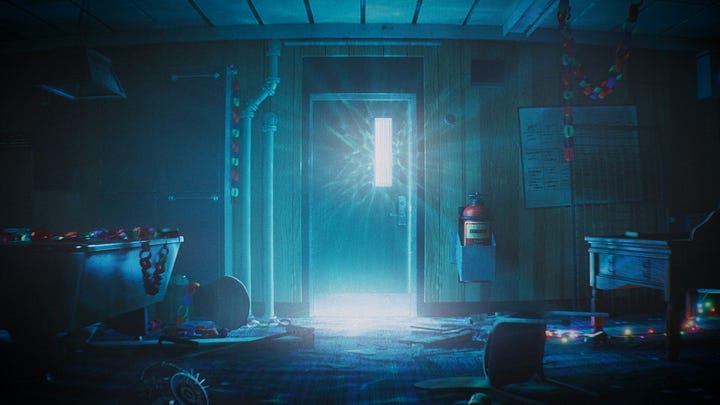
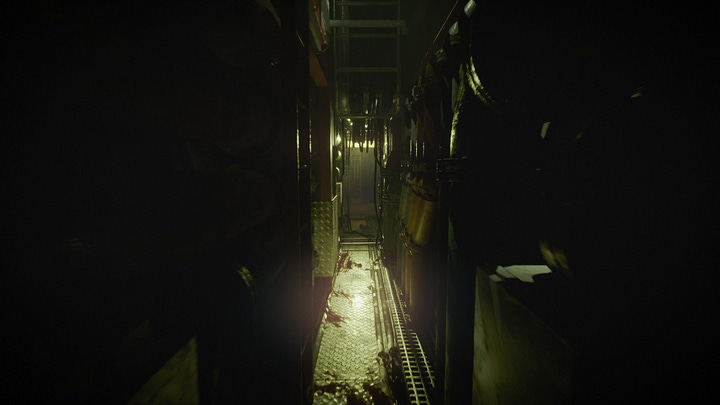
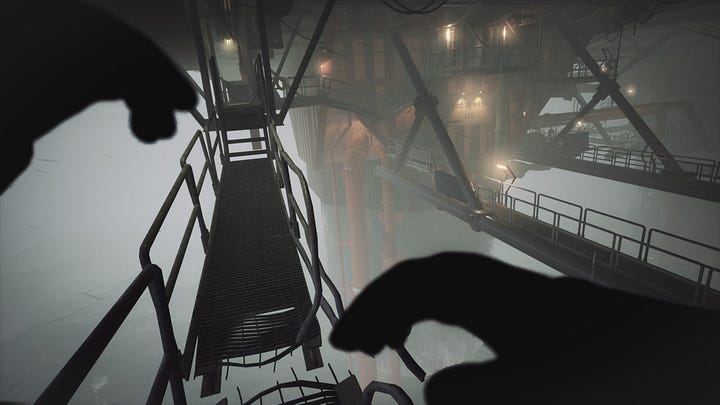
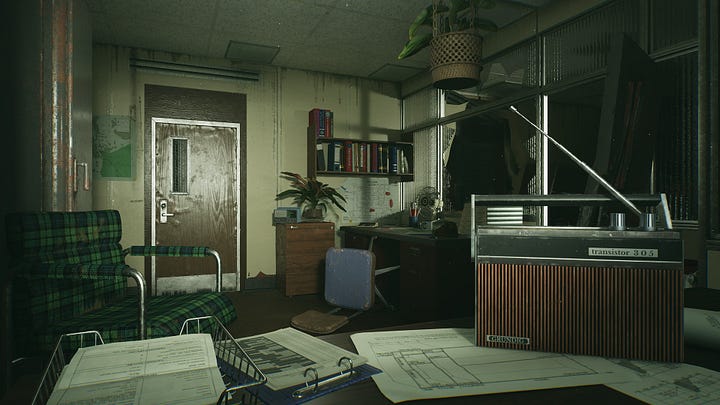
The moment I began playing and noticed the carefully designed posters, notes, and set decorations like a clock referencing Aberdeen, the game took a more personal turn for me, reminding me of a pen-pal friend from Aberdeen who works in the industry. It was a delightful upgrade of the experience. The oil rig itself remains a stunning set piece throughout the entire game—immaculately detailed and utterly believable. If the artists claimed it was a period-accurate replica of a real oil rig, I’d believe them. Not because I’m familiar with how these massive structures are built, but because of how confidently detailed the entire layout feels. It serves as a perfect modern stand-in for a creepy haunted house.
I really felt as if I were exploring Ishimura planetcracker from Dead Space once more but this time - fully grounded in the current reality. Just like the Ishimura, the rig features plenty of claustrophobic spaces alongside areas that give a sense of vastness, capturing both the suffocating tension and the imposing scale of such a structure.
The mood of the game somewhat reminds me of the film Annihilation. It’s deeply personal, with the overarching narrative centered on Caz’s desperate attempt to escape the rig and reunite with his wife, Suze, while bizarre sci-fi phenomena unfold around him, remaining unexplained. Much like in Annihilation, the mystery is left open-ended, inviting you to speculate and ponder the nature of what’s happening rather than receiving clear answers.
So, what’s happening? During drilling operations, the oil rig accidentally encounters something that spreads throughout the platform in all directions. This entity manifests as fleshy, seaweed-like tendrils, continuously mutating anything living it touches. It doesn’t feel like a conscious being with an agenda—a Kraken or Cthulhu. Instead, it’s more akin to an autonomous organism unearthed from the depths of the sea, existing purely to fulfill its function, much like the alien in Annihilation’s Area X. It lacks desires or intentions; it’s simply there, like a tumor from the sea.
Everything it touches transforms into unrecognizable masses of flesh, barely retaining any trace of their former selves and becoming truly horrific to behold, similar to the grotesque forms in The Thing. Throughout his journey, Caz encounters fellow crew members who have fallen victim to this organism, now reduced to their most basic, often hostile instincts.
"I don't know what it wants, or if it wants"
I think the setting for such an organism is very intentional. The idea of unearthing a horrific monstrosity through drilling for oil—almost like a primordial soup formed from ancient organic matter, evidence of death transformed into a creature—adds a layer to the narrative. This is reminiscent of another recent game metaphor, like the black tar in Death Stranding, which sculpts various creatures, or the black goo in Ridley Scott’s Prometheus, which deconstructs and reconstructs flesh to create new forms of life—though not the fleshy life we're familiar with.
Why is this visual imagery so compelling to these artists, perhaps even subconsciously? Every time I reflect on it, I’m reminded of a quote from Nietzsche:
"if you gaze for long into an abyss, the abyss gazes also into you"
A warning to all: engaging with darkness can have a transformative effect on those who do, potentially blurring the line between the observer and the observed unless one maintains strength and personal integrity. Perhaps that’s what Caz is striving to do, and what Lena in Annihilation attempts as well. The Shimmer doesn’t affect Lena the same way it affects others because she doesn’t merely subject herself to the abyss; she confronts it, meets it head-on.
And why the black tar? Perhaps it’s due to our fascination with inverted or cyclical motions—the symbol of death giving birth to new life, existence emerging from non-existence, the Big Bang arising from the primordial void. As a horror metaphor, it’s fitting: life emerging from the black primordial soup of dead beings often inherits a dark touch, a certain deformity. This concept works well as a horror mechanism to confront our fears. Of course, in reality, not everything derived from something inherits all of its properties, especially those that are metaphysical.
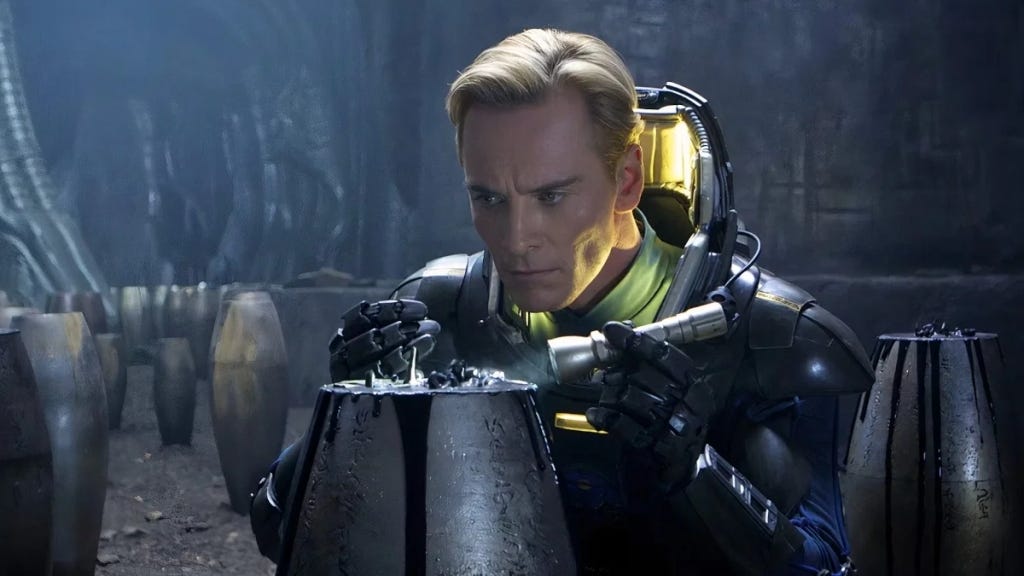
While such imagery is horrific to us due to its drastic deviation from familiar flesh, this game visually suggests that the organism might be beautiful in its own objective way. The seaweed-like tendrils are iridescent and glowing, reminiscent of an oil spill. This is similar to Annihilation, where the Shimmer exhibits the same iridescent glow, refracting light and also metaphorically "refracting" DNA in Area X.
There’s a particular scene in the game that doesn’t shy away from showcasing the creature in all its unsettling beauty, and even Caz is left in awe of its grandeur. This juxtaposition of horror and beauty underscores the complex nature of the organism, challenging our perception and highlighting its alien yet mesmerizing presence.
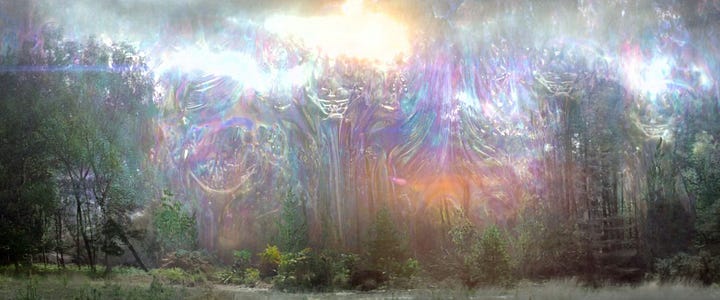
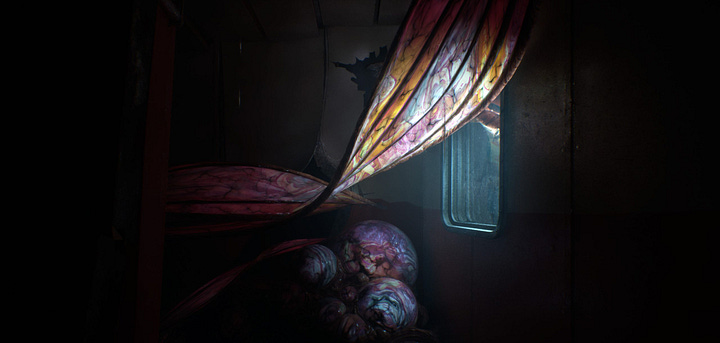
That being said, as I’ve already mentioned, the sci-fi horror element provides the framework for the game but isn't the core of the story. The real narrative is deeply personal, focusing on Caz's longing to return to his family. His backstory is revealed through several visually striking flashbacks.
However, I felt that this personal story needed more space to develop and breathe. It never reached the emotional high I was hoping for. An additional hour of gameplay and more flashbacks would likely strengthen the emotional connection and sympathy for the protagonist, allowing the story to resonate more deeply.
Overall, it took me around 5 hours to complete the game, which I think is a perfect length for a narrative-driven horror game that lacks any combat.
Please, now someone make this into a movie.
3 / 5
P.S. I need to share some of the beautiful posters you come across in the Beira D oil rig that enhance the feeling of authenticity of this video game



